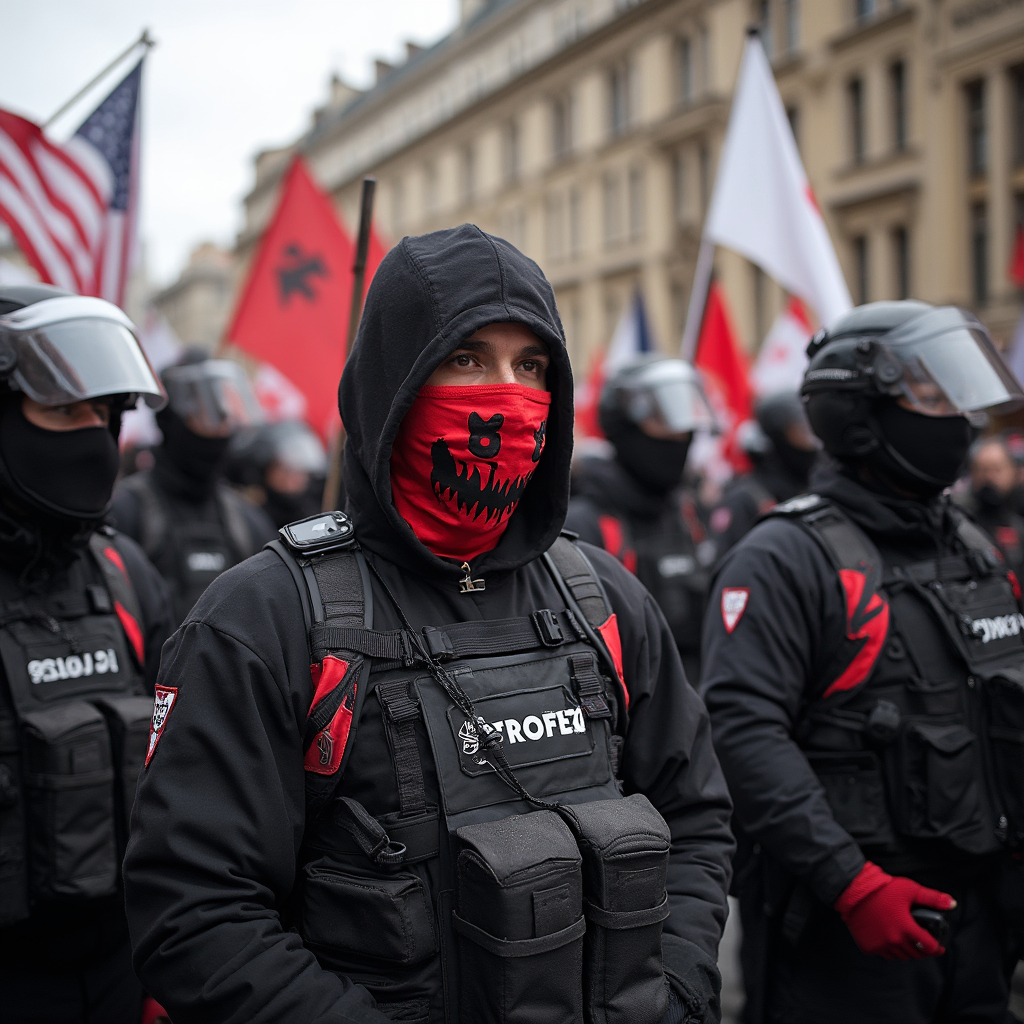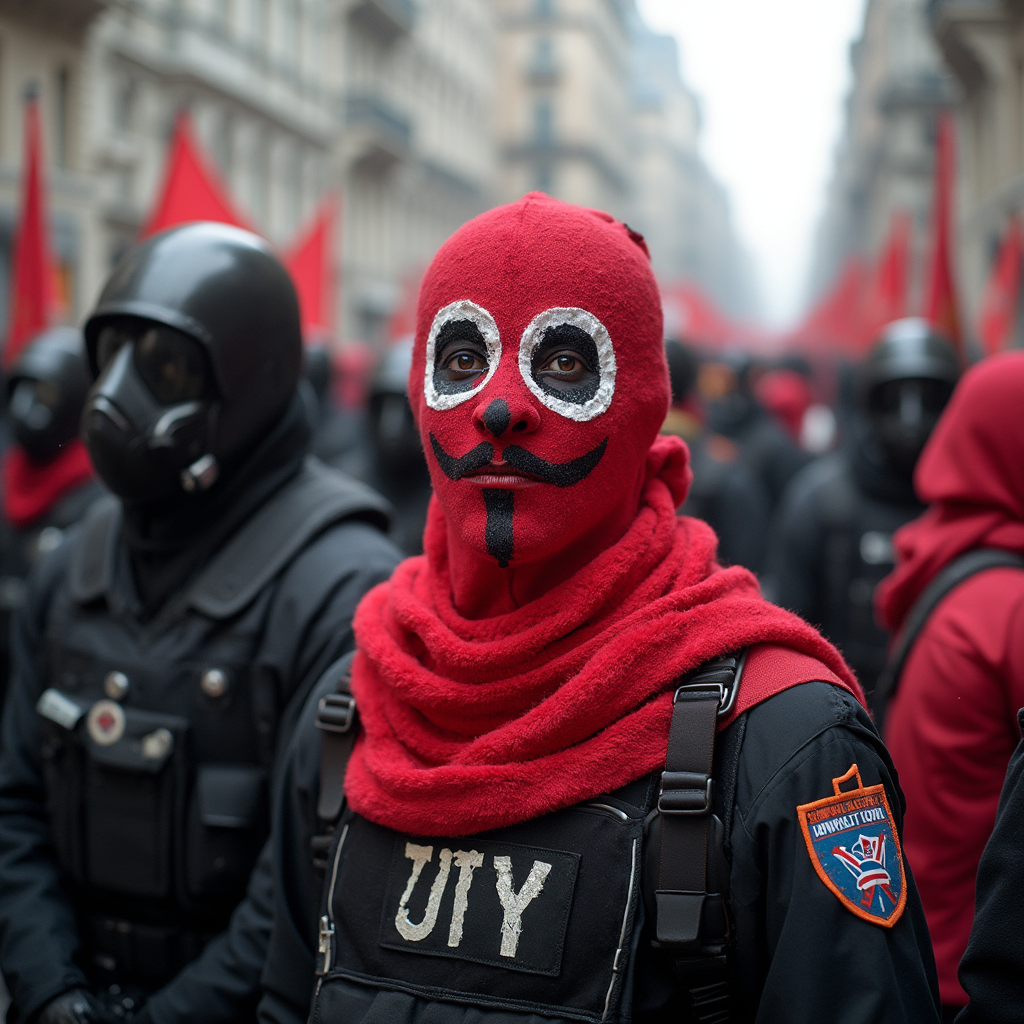In recent years, right-wing media outlets have frequently portrayed Antifa—a loosely organized movement opposing fascism and far-right ideologies—as a significant threat to public safety. This narrative has been amplified through various channels, often without substantial evidence, leading to widespread fear and misunderstanding among the public.
Right-Wing Media’s Portrayal of Antifa
Prominent right-wing figures and media have consistently depicted Antifa as a violent organization responsible for civil unrest. For instance, during the George Floyd protests in 2020, President Donald Trump and Attorney General William Barr attributed the violence to Antifa, labeling it a domestic terrorist group. However, FBI Director Christopher Wray clarified that Antifa is more of an ideology or movement than an organization, indicating a lack of concrete evidence supporting these claims.

Instances of Right-Wing Activists Impersonating Antifa
Adding complexity to the narrative, there have been documented cases where right-wing activists have impersonated Antifa members to incite fear and discredit the movement. In June 2020, during the George Floyd protests, the white supremacist group Identity Evropa created a fake Twitter account posing as Antifa. The account posted messages encouraging violence in residential areas, which were then cited by law enforcement as evidence of Antifa’s violent intentions. Twitter subsequently suspended the account, revealing its true origins.
Similarly, during the January 6, 2021, Capitol riot, false claims circulated suggesting that Antifa members disguised as Trump supporters were responsible for the violence. Investigations found no evidence supporting these allegations; instead, individuals affiliated with far-right groups were identified as key participants in the riot.
Impact of Misinformation
The dissemination of unverified claims about Antifa has tangible consequences. In some instances, communities have mobilized defensively based on unfounded rumors. For example, in Leitchfield, Kentucky, residents armed themselves in anticipation of an Antifa invasion that never materialized, illustrating how misinformation can escalate tensions and lead to unnecessary fear.
Conclusion
The portrayal of Antifa in right-wing media often lacks substantiated evidence and, in some cases, is based on deliberate misinformation. Instances of right-wing activists posing as Antifa members to incite fear further complicate the public’s understanding of the movement. It is crucial for media consumers to critically evaluate information sources and seek out verified facts to form an accurate understanding of such complex issues.





Leave a Reply